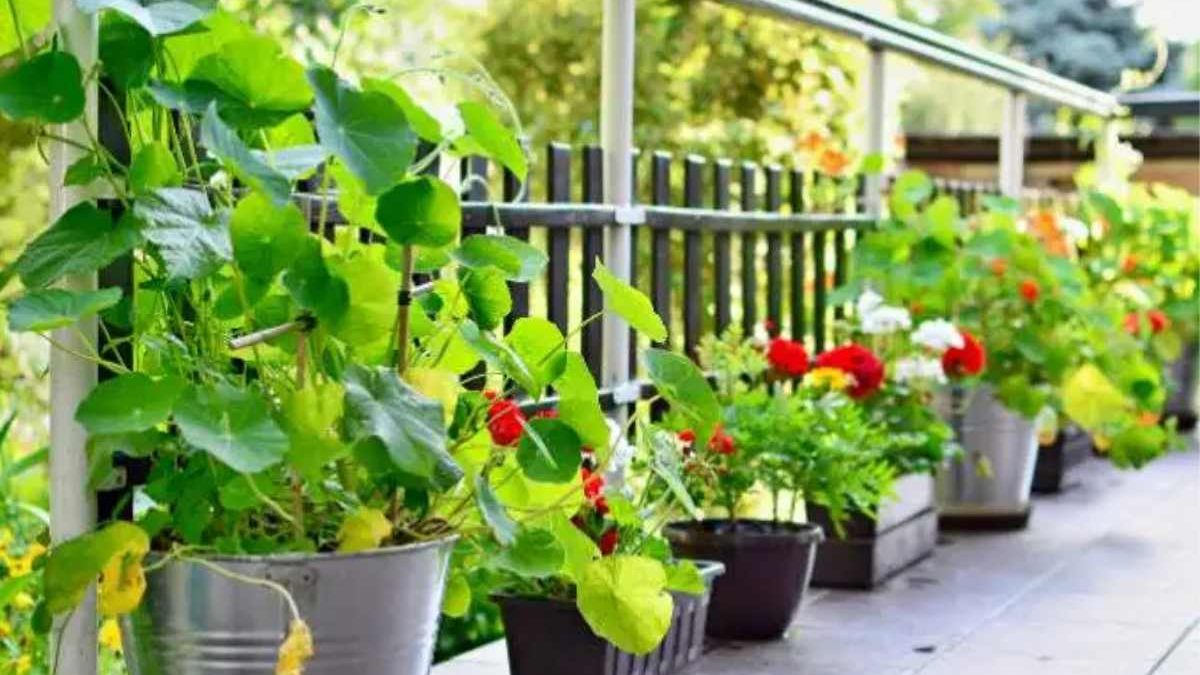Got some time on your hands and don’t know what to do with your https://22bet.com/mobile winnings? Humor us for a bit and get this: an indoor garden. Gardens are no longer reserved for those who have spacious backyards. You can have one right inside your space. All you need is strategic planning and a bit of creativity. Armed with these two, anyone can transform the coziest space into flourishing greenery. And guess what? We’re here to show you that limited space is not an issue to start your botanical hobby.
Table of Contents
1. Choose the Right Plants for the Environment You’re Providing
Some plants thrive in humid spaces, others flourish the dryer it gets. This is to say that not all plants are created equal. And this is especially true in smaller spaces. If you want to plant your garden in a rather confined space, your best choices are space-efficient varieties. Look for succulents and herbs that won’t die out so quickly in a small space. Small flowering plants are also a good choice.
Vertical gardens are your best bet if you have limited space. Opt for wall-mounted shelves to arrange your pots or even hanging planters so you can make the most of your space.
2. Don’t Keep Your Indoor Plants in the Dark
The one thing all plants need to survive is light, and you cannot deprive yours from their essentials. Outdoor plants are easier to maintain, so you really need to keep an eye on your indoors. Make sure the area you’re placing them has plenty of sun coming from that direction. If your home doesn’t get much sun, don’t worry; you can still have your garden. Instead of sun, your plants will have to rely on grow lights. Invest in good quality ones so your plants can receive the energy they need to grow well.
3. Every Plant has a Pot of its Own
The pots you plant your greenery in are just as important. You want to get containers with drainage holes so your plants don’t end up drowning in their own drinking water. At the same time, you want the pots to match your home aesthetic and add flair. Think tiered stands and hanging plants. Let your creativity loose when it comes to adding visual interest to your plants.
4. The Right Soil for the Best Growth
Selecting the right soil is another fundamental factor to successful indoor gardening. Use a well-draining potting mix tailored to your plant varieties. You can add perlite or vermiculite for boosted aeration and drainage. Check and replenish the soil to guarantee it remains nutrient-rich and conducive to plant health.
5. Consider How Often You Water or Not Water Your Plants
One of the biggest mistakes people make when caring for plants is not watering them enough. The second biggest mistake is watering them too often. To avoid this, you can create a watering schedule depending on the type of plants you get and whether it matches their needs.
You don’t need to get a watering can for this; you get used to the amount after a few times. But it wouldn’t hurt to get one with a narrow spout for precise water delivery. Also, you can place saucers under your pots so they catch the excess water. It’ll help you prevent potential damage to your indoor surfaces.
6. Don’t Forget About Maintenance and Nurturing Growth
Just because you’re done planting and watering doesn’t mean it’s over. In fact, you need to regularly prune your plants to promote healthy growth. But more than that, you can control the size of your indoor garden. Trim dead leaves and remove any pests as soon as you spot them. Dust their leaves and look for signs of diseases so you can make sure your indoor garden thrives.

